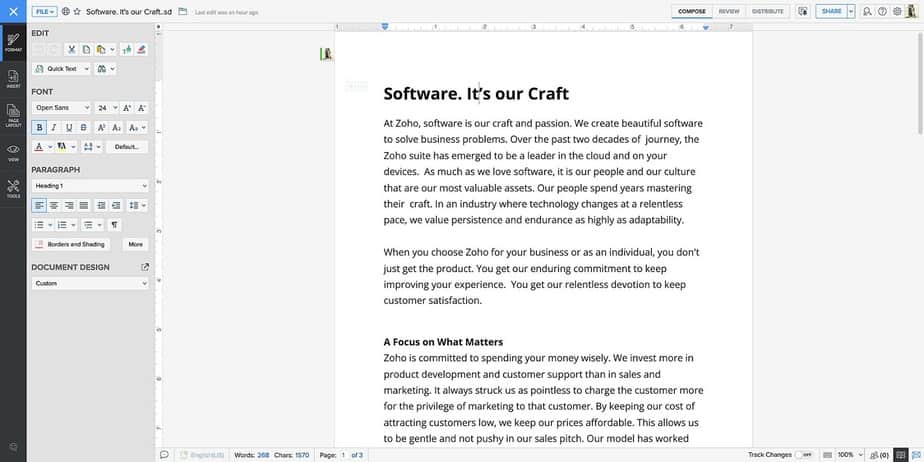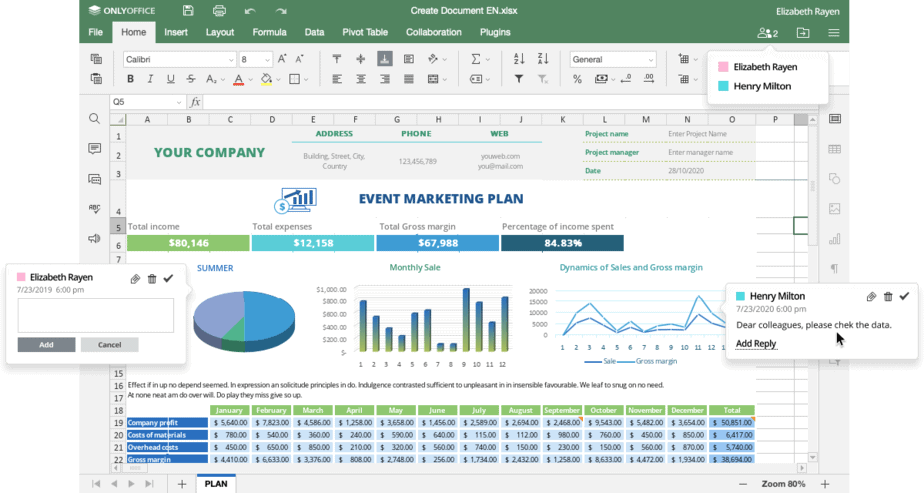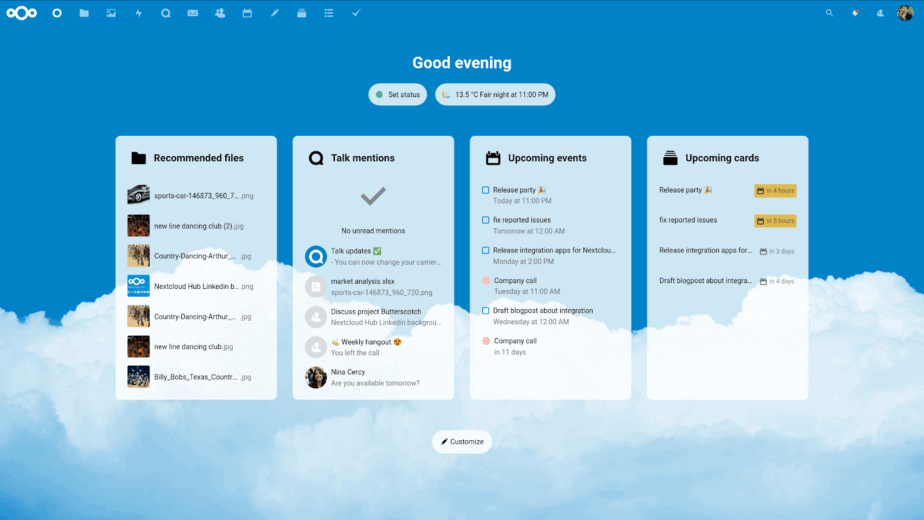
Collaboration tools in your office are an essential cloud-based core without which a modern business can hardly operate. But which cloud to choose, be it a public cloud and SaaS software or self-hosted environment on your own server, remains a question in a hot debate.
Gartner predicts that public cloud spending in 2021 will grow by 18%, showing that more and more organizations prefer the easy, agile, and less resource-consuming scenario. But are they willing to sacrifice their security to it?
About public cloud services
Cloud software is software offered as a service (SaaS) and is hosted on its vendor’s infrastructure which is maintained by them or their storage partner. The software is taken care of by the vendor, automatically updated and fixed, while the customer simply utilizes it under subscription.
SaaS solutions don’t require installation, additional human resources, infrastructure expenses, etc., making them more attractive to the majority of businesses, especially small and midsize who often cannot afford to extend the above mentioned costs.
Public cloud pros:
- Accessibility from anywhere
- Easy scalability
- Fast updates
- No infrastructure costs
- Effortless implementation
Public cloud cons:
- Monitoring and control by third party
- Connectivity and downtime issues
- Limited customization opportunities
- Bigger cost in long term
About on-premises software
On-premises solutions are installed and maintained, administered and controlled by the organization’s IT team and are usually hosted within its physical perimeter, providing its employees with private corporate cloud tools.
Many companies simply seek more confidence in how their data is processed and protected and go for self-hosted solutions to avoid uncertainty. Some organizations (e.g. in financial or medical sectors) are required to keep their data within their physical control and have exclusive access to the audit by their security policies.
On-premises solution pros:
- Complete control over data
- Wide customization opportunities
- Smaller long-term cost due to lifetime licensing
On-premises solution cons:
- Hardware maintenance costs
- Need for qualified IT personnel
- Own responsibility for regulation compliance
- Long and resource-consuming implementation
On-premises software deployment requires more technical knowledge and human resources as well as physical infrastructure, or, alternatively, assistance from the IT partner or hired hosting.
Although the security is fully controlled by the user which obviously sounds more secure, it might be a costly challenge to assure full physical and virtual safety of data by yourself. However, there’s less limit to what can be done for data protection and resilience, and regulation compliance.
What office suite to choose
The most popular office suites built for online collaboration, Google Workspace and Microsoft 365, are offered exclusively in the public cloud. Both providers advocate for cloud-first approach, making the user’s life easier and promising to take care of compliance and all aspects of data protection.
Another public cloud office that deserves attention is Zoho which is an affordable alternative with online document editing and collaboration, project management tools, CRM, mail and other core daily tools.
There is also a solution available for both SaaS fans and security-savvy on-premise users: ONLYOFFICE Workspace. The suite is built on Microsoft Office formats, meaning it will give you same quality of documents as if you were using Microsoft 365, but its functionality is broader, more like the desktop Office.
Document collaboration and sharing in ONLYOFFICE is provided with plenty of permissions to choose from, comments, chat, two co-editing modes, version history and document comparison. Besides, you get project management tools, mail, calendars, online chat, CRM and multiple other tools in one pack.
As said before, one of the advantages of on-premises software is customization. For more experienced teams, there are also options to assemble the office themselves, using self-hosted sharing platforms like Nextcloud or ownCloud and integrate an online office (for example, ONLYOFFICE), a third-party self-hosted CRM (like Suite CRM, task and project management tools, and everything else.
More freedom = more responsibility
Yet, there’s no conclusion in cloud VS on-premises discourse, or perhaps no universal solution has yet been invented. Two groups of factors that determine the choice are security concerns and cost optimization, and so there’s a checklist to go through. Do you have IT staff with enough skill to set up, test, and support an on-premises office? Can you afford upfront investment in IT and flex your budgets for future scale and upgrade costs, or prefer more predictable but more long-term costly approach? What kind of industrial or regional regulations are you subject to, and can you provide compliance on your own?





